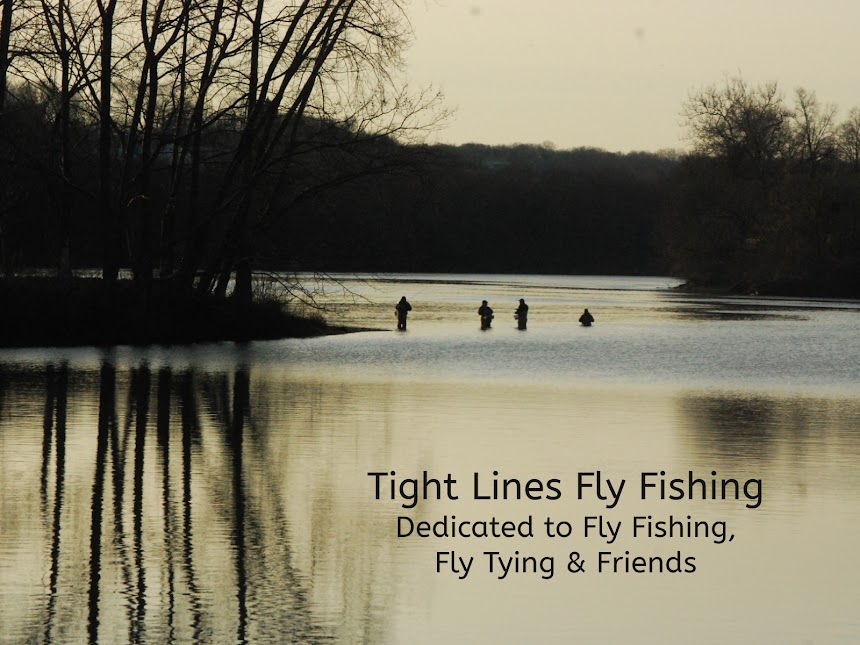Chuck's Sculpin
Hook: Tiemco 9395 or comparable streamer hook Size #2-10
Tying thread: A thick thread such as Danville Flymaster Plus or Gudebrod Super G.
Weight: Medium lead wire.
Body: Beige or Off White Aunt Lydia
Gills: Chopped red antron spiky dubbing
Underwing: Krystal Flash to match wing color
Wing: Olive Rabbit Zonker Strip. (Also tie these in Black, Brown, and Natrual).
Head: Olive spun deer hair clipped to shape.
First of all if you fish theHousatonic and you don’t have a sculpin pattern in your fly box your really missing something. This pattern will catch you a ton of trout. Smallies just devour them. There are a lot of other exotic sculpin patterns out there, but this one is so much easier to tie and just as effective. When your fishing this fly please remember that sculpins tend to live and feed on the bottom of the river. Unlike trout, they do not have stabilizing air bladders. I think it’s really important to add weight to this fly. Make sure that when you lead wrap the hook shank you leave enough room to spin your deer hair head. You may also want to use a sink tip or full sink line. Scuplins are darters so a short pulsing retrieve strip is the technique to use. Also, don’t be afraid to let your fly sit in the current at times.
First of all if you fish the
Begin by laying a base of thread on your hook shank. Wrap the hook shank with lead, cover with thread wraps and coat with “tough as nails”. Remember to leave enough room for the spun deer head. Tie in your body yarn. Wrap your yarn forward and tie it off even with the lead wraps. Dub your “red gills” with a few thread wraps. A spiky antron dubbing is perfect for this. A red ice dub can also be used. Next tie in 5-6 strands of Krystal Flash. They should extend just slightly beyond the bend of the hook. Next tie in your zonker wing. You may want to apply some head cement for extra durability. Begin your deer head by applying a clump of deer hair on each side of the hook shank to form the shoulders of the fly. You are not going to spin these first two clumps of deer hair. You are going to torque down on them to make the butt end of the hairs flair up and out. Next, spin clumps of deer hair around the hook shank. Tie off your thread and trim the deer hair to shape. Dab head cement on the deer head hair. Your fly is now ready to be fished. One final comment on this fly or any similar patterns where spinning deer hair is required, don’t be intimidated by it. It’s no more difficult to master “deer hair spinning” than any other fly tying technique.
This fly can also be viewed at the Housatonic Fly Fishermen’s Association website at www.hffa.net . If you have any questions about this fly or would like to submit a Fly of The Month I can be reached at 203 305-3850 or e-mail me at pdinice@frontier.com .

.JPG)
.JPG)
.JPG)
.JPG)

.JPG)
.JPG)
.JPG)
.JPG)






.JPG)
.JPG)
